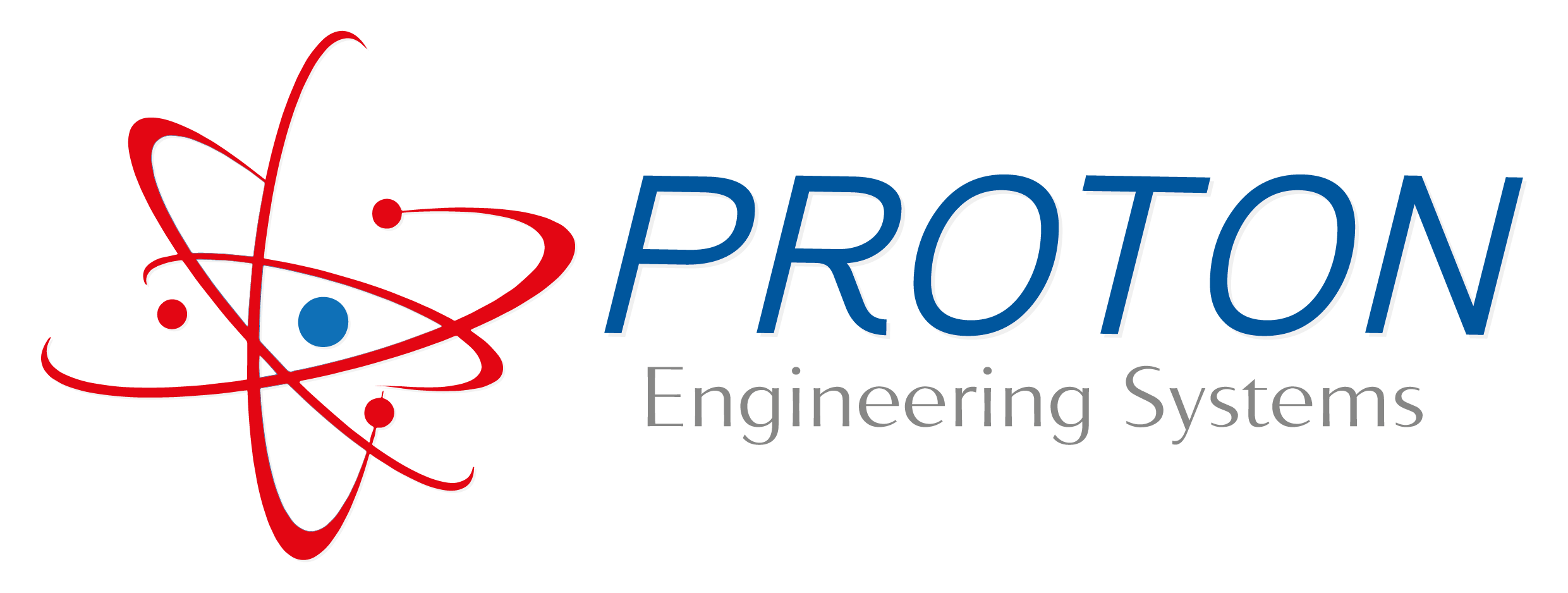Proton computer room cooling solution specialists have the product knowledge and application experience to optimize your server room environment:
• We have retrofitted office spaces into high - density computer rooms.
• We have turned cooling / power strapped computer rooms into scalable, optimized server rooms.
• We tailor unique cooling solutions to your computer room environment and objectives.
SERVER ROOM COOLING SYSTEMS FOR SMALLER SPACES
Comfort cooling (or building HVAC) lacks the precision and required for modern server room hardware. Yet, closets, computer rooms, and server rooms do not have the space to install traditional, bulky air conditioners. The products featured below are specifically engineered for smaller room spaces.
HIGH-DENSITY COMPUTER ROOM COOLING
Today, it is possible. Technologies normally marketed for enterprise data centers can now fit nicely into smaller spaces. Self-contained cooling unites, for instance, function independently of the room. Once installed, users have the comfort of predictable cooling and plenty of headroom for future growth.
THE PROTON ADVANTAGE
Proton sales engineers conduct thorough pre-sales interviews so that we understand unique client issues, applications, environmental factors and actual usage. We use this information to design and recommend the best server room cooling solution for our clients
Computer room air conditioners / air handlers are a staple of data center design, providing precise temperature and humidity control for mission critical environments. Engineered for 24x7x365 operation, CRACs provide recurrent, cooling it, and returning it back to the equipment.
Traditional data center cooling has used CRAC / CRAH units and a raised floor plenum (like below) to distribute chilled air to data center racks.
CRAC / CRAH view from cold aisle –
Computer room air conditioner & raised floor plenum
CRAC / CRAH – computer room air conditioning considerations
ENVIRONMENTAL CONTROL
CRACs supply chilled air (measured in cubic feet per minute) within a specific temperature range (the current ASHRAE specification is 64.4 deg F to 80.6 deg f ) to satisfy the cooling demands of IT equipment. CRACs have design specifications for supply air , return air , and refrigerant temperature , all of which affect its operation and performance.
CAPACITY
Capacities for CRAC and CRAH units are typically measured in tons, which can be converted to kilowatts (KW) or British thermal units (btu/hr) depending on user preference .
CRAC VS. CRAH
Though they serve the same purpose, there is a fundamental difference between a CRAC and CRAH:
• A Computer Room Air Conditioner includes an internal compressor, using the direct expansion of refrigerant to remove heat from the data center.
• A Computer Room Air Handler includes only fans and a cooling coil, often using chilled water to remove heat from the data center.
HEAT REJECTION
Both technologies will require outdoor heat rejection sources. CRAC units are connecting to remote condensers, while CRAH units are traditionally connecting to chiller systems.
